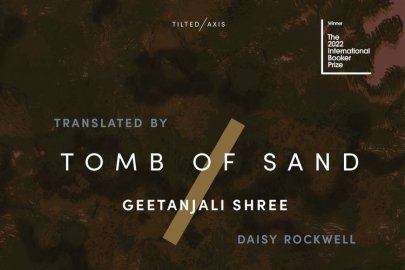Hindi/Linguistics, Inalco, France.

Janvier à Mars 2016
Annie MONTAUT taught modern and contemporary French literature in Canada and India before taking up general Linguistics at Nanterre, and then Indian Linguistics and Hindi Literature at Inalco. The combination of a PhD in literary semiostylistics in Céline, and a French doctorate on the Hindi verbal system enables her to divide her time between these two fields, which although distinct, both derive from what Valéry refers to as the honour of mankind : language. As a linguist and author of some one hundred articles, she draws inspiration from the theory of enunciative operations to deal with phenomena of salience, discursive particles, as well as functionalist typology with regard to morphosyntax. She is currently working on the process of grammaticalisation, notably in case marking and syntactic alignment. In literature she aims to highlight the relationships, not always isotopic but always significant, between the stylistic form adopted by a writer and their ideology. She also works as a literary translator, essentially from Hindi to French.
"English or Hindi ? Grammars of Indian literary culture"
Do post-1930 Indian literatures, either in English or the vernacular, really have distinct contents, and above all, are they the reflection of different thought systems ? By looking at their form, since style is a question of personal preference and contents are often dictated by ideological or aesthetic programmes, Annie MONTAUT will attempt to answer this question. It is often the case that a vernacular work is in fact an Indian replica of modern Western bestselling models. Less frequently, we can also observe in the stylemes of an English text (apart from the routine injection of Indian words intended to create an impression of the exotic) an Indian sentence supporting (this is the hypothesis) a distinct value system from that which westen globalisation tends to impose. Indigenous cultures, with their formal models and own ways of thinking, are able to produce alternatives to the “monoculture of the mind” only remain creative in area of interplay between their own traditions and external input, an interplay that may compromise the development of schooling.
2013. “The rise of non-canonical subjects and semantic alignments in Hindi”, in Diachronic Typology of non-canonical Subjects, L. Kulikov & I. Serzants (eds.), Amsterdam: Benjamins, pp. 92-117.
2012. Le hindi (Grammaire linguistique), Société de Linguistique de Paris, Louvain: Peeters.
2012. La Saillance, avec K. Haude, Faits de Langue 39.
2006. « Figures du sujet énonciateur : discontinu et continu en hindi/ourdou », in Antoine Culioli. Un Homme dans la langue, Actes du colloque de Cerisy, D. Ducard et C. Normand (sous dir.), Paris, Orphys, coll. « L’Homme dans la langue », pp. 187-208.
2004. (ed.), Littératures et poétiques pluriculturelles en Asie du Sud, Purushartha 24, Paris, EHESS/CNRS.


